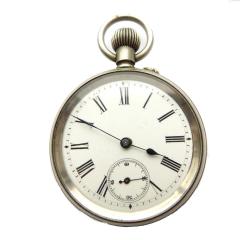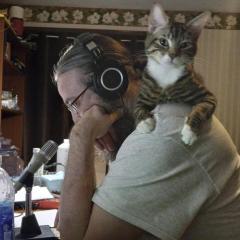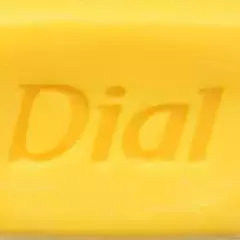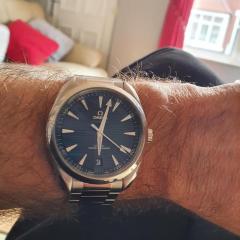WOS mic & watch holder.
-
Recently Browsing
- No registered users viewing this page.
-
Topics
-
Posts
-
One of the problems we would have with a watchmaker's lathe is they were made over considerable span of time and manufacturing in the early days probably wasn't as good as it was today. Then if you look at the older catalogs typically it was just the head a few collets and something to rest graver on. So basically a basic lathe with over time things acquired but acquired things may or may not fit. Order today you purchase a used lathe that all kinds of nifty bits and pieces from a seller that acquired from? This would come back to that the basic watchmaker's lathe was used for basic watchmaking like turning things with a hand graver. Then limited indexing is fine because you can make things like stems Which don't need a whole bunch indexing In the link above the word vector is mentioned and at the link below you can purchase one. Then of course you're going to need the motor that's a little bit extra for the price. https://www.hswalsh.com/product/lathe-vector-watchmakers-48-collets-hl11. That you're going to need some bonus parts like these found this picture online show the classic way of classic gear cutting. The lathe could have a much bigger indexing disk but it has to be mounted close to the edge. Otherwise you're going to have a whole bunch of smaller disks like this which I think has notches rather than holes. Then as wonderful as these pictures look actually cutting a gear with this is not entirely fun. Look at all is belts all pulling on things and this is a watchmaker's lathe lightweight with lots of bits and pieces attached. It would make more sense if you actually cut a gear with something like this and it tends to be it's not really the best way to do it looks nice on paper but it is not the best way to go. Reality for cutting watch parts would be a bigger machine is much better. Than getting rid of all those belts and pulleys also good. Here is an interesting channel I would've liked of found a different video but this was nice and short if you look at his video as he uses a stepping motor and worm gear assembly for the indexing plate. In this particular video it gets attached to the lathe at about one minute and seven seconds and it looks like it's hiding looks like he has a Sherline. I do know he's had other stuff you'll just have to go through his videos to find it. Then at about one minute and 22 seconds you find out if you set up things appropriately. It's always bad we end up with half a tooth at the very end. Then you will note big lathe yes he's getting a big gear but you could easily cut a watch gear with the setup. And it definitely way more stable than a watchmaker's lathe. Oh here's a company they been in business since 1911 http://www.fwderbyshireinc.com/
-
By RichardHarris123 · Posted
Hello and welcome from Leeds, England. -
Hello, looking forward to participating on the forum here! I will mostly be listening and asking questions since I am an amateur hobbyist. I have most of the beginner hand tools and a Timegrapher. The extent of my tinkering consists of a successful Seiko 7S26 to NH36 movement swap inside an all original 1997 SKX007, along with a bunch of battery changes for friends and family. I have yet to tackle full disassembly and cleaning. Right now, I don't really have the budget or time to invest in a cleaning setup (even manual cleaning), but hopefully soon! I joined because I recently purchased a mechanical Timex Camper from 1994, and my searches for information regarding servicing and swapping out these Timex mechanical movements consistently led me to Watch Repair Talk. There is also a wealth of knowledge here about dial design, another area of interest for me. My other hobbies includes leather working (mostly small pieces, shoes eventually), crochet, sewing (would love to make clothing), design (especially type design), home espresso, cocktails, and tennis. I want to buy a film camera, but I don't need yet another expensive hobby involving last-century technology. Yes, I have ADHD.
-
By luiazazrambo · Posted
HWGIKE#60 Accurist ETA 2390 Swiss lever, 21 jewels, full service A slim Accurist with a nice movement, eventless service, nice performance.
-






Recommended Posts
Join the conversation
You can post now and register later. If you have an account, sign in now to post with your account.
Note: Your post will require moderator approval before it will be visible.